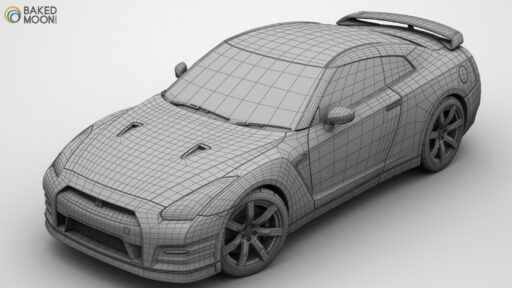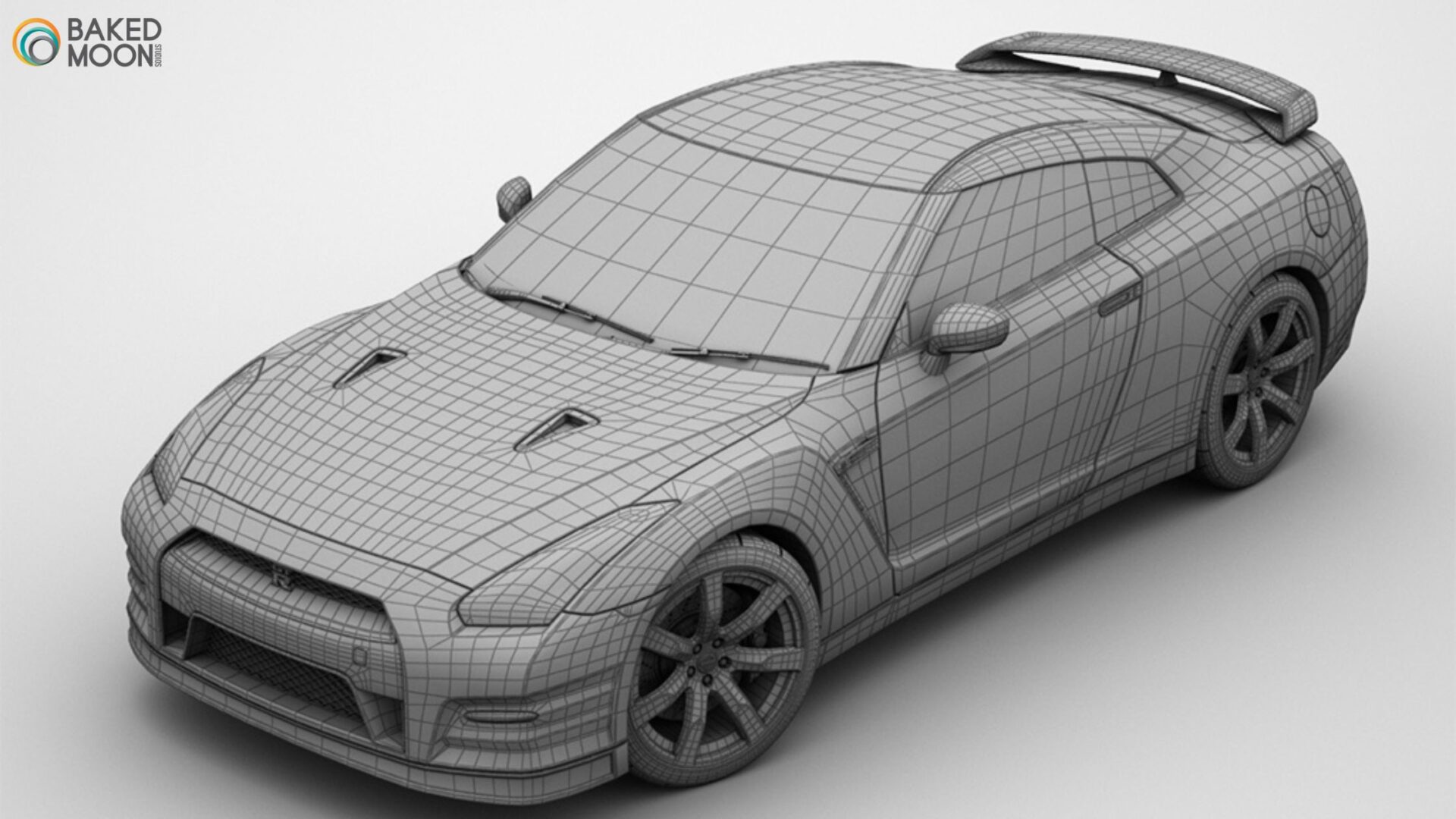Game art production is a complex process that requires balance between visual quality and performance. Retopo and Optimization play a crucial role in ensuring that 3D models not only look great but also run efficiently in a game engine. Without proper optimization, even the most detailed models can slow down gameplay, leading to poor user experience.
This blog will explore why Retopo and Optimization are essential in the game art pipeline, how they improve performance, and why game developers and animation studios rely on them for smooth production.
What Is Retopology in Game Art?
Retopology, or Retopo, is the process of creating a new, clean 3D mesh over a high-resolution sculpt. This step is crucial because high-poly models contain millions of polygons, which are too heavy for real-time rendering. Retopo and Optimization allow artists to reduce poly count while maintaining the details that make the model look realistic.
Why Retopo Is Necessary:
- Game engines require efficiency – High-poly models slow down performance. Retopology reduces complexity without sacrificing quality.
- Better animation and rigging – Clean topology ensures smooth deformations when a character moves.
- UV mapping and texture baking – A well-optimized model makes texture painting and normal mapping more effective.
Game studios use retopology techniques to create high-quality assets that meet both artistic and technical requirements.
The Role of 3D Model Optimization
3D Model Optimization goes beyond just reducing poly count. It involves multiple techniques to ensure game assets load quickly and perform efficiently. Here’s what the process includes:
- Polygon Reduction – Removing unnecessary details while keeping the shape intact.
- LOD (Level of Detail) Creation – Different versions of the same asset for close-up and distant views.
- Texture Optimization – Using efficient UV maps and texture atlases to minimize memory usage.
- Material Merging – Reducing the number of materials to improve rendering efficiency.
By optimizing 3D assets, studios can maintain visual quality while ensuring the game runs smoothly on various hardware configurations.
Impact on Game Performance
A poorly optimized game art pipeline can lead to lag, longer load times, and excessive GPU usage. Retopo and Optimization help game developers in the following ways:
- Faster Rendering – Optimized assets load quickly, making the gameplay seamless.
- Lower Memory Usage – Reduced texture sizes and efficient geometry keep RAM and VRAM usage in check.
- Better Compatibility – Games need to run on multiple platforms, from high-end PCs to mobile devices. Optimization ensures scalability.
Without optimization, even the best-looking game models can result in a frustrating gaming experience.
How Retopo and Optimization Fit into the Game Art Pipeline
The game art pipeline consists of multiple stages, from concept art to final in-game integration. Here’s where Retopo and Optimization come into play:
- High-Poly Sculpting – Artists create detailed models in software like ZBrush or Blender.
- Retopology – High-poly meshes are converted into low-poly game-ready assets.
- UV Unwrapping & Texture Baking – Textures from the high-poly model are baked onto the optimized mesh.
- LOD & Optimization – Multiple versions of the asset are created for different viewing distances.
- Integration into the Game Engine – Assets are imported into Unreal Engine, Unity, or other game engines.
By following this structured pipeline, studios ensure that game assets are both visually stunning and optimized for real-time performance.
Why Game Studios and Animation Studios Need Retopo and Optimization
Game development studios and animation studios rely on Retopo and Optimization to:
- Improve game performance without compromising quality.
- Ensure smoother animation and character movement.
- Optimize assets for VR and AR experiences, where performance is critical.
- Reduce production time by streamlining the game art pipeline.
Whether it’s an open-world RPG or a mobile battle Royale, optimized game assets make a significant difference in performance and user experience.
Final Thoughts
Retopology and 3D model optimization are essential steps in game art production. They help maintain a balance between visual fidelity and game performance. Without these processes, even the most detailed game assets can cause performance issues.
For studios looking to create high-quality, optimized game assets, working with a team that understands the importance of Retopo and Optimization is key.Explore our Retopo and Optimization services to see how we can help streamline your game art pipeline. You can also check out our portfolio for examples of optimized game-ready assets. If you’re looking to discuss your project, feel free to contact us.




